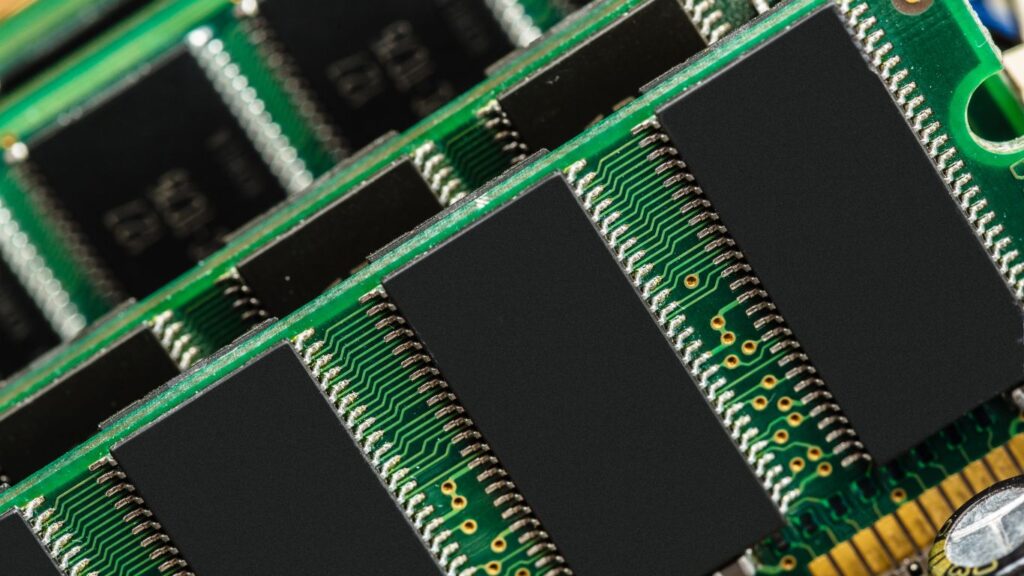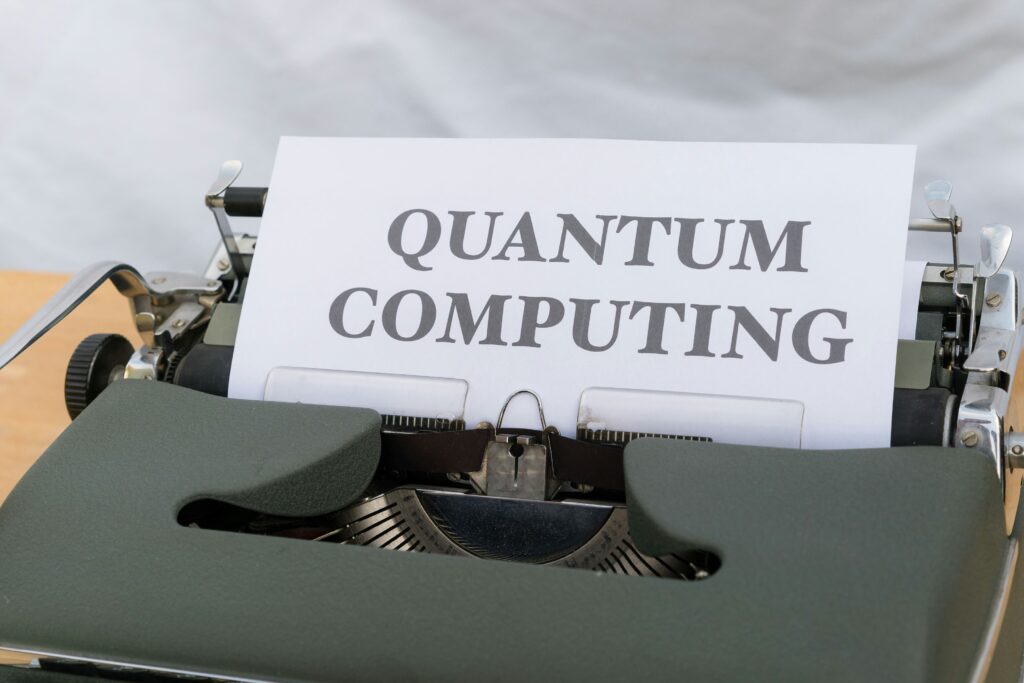Imagine waking up in a city where traffic lights adjust in real-time to ease congestion, waste management systems notify collectors when bins are full, and streetlights dim when no one’s around to save energy. This isn’t science fiction—it’s the power of the Internet of Things (IoT) transforming urban landscapes into smart cities.
As urban populations grow, the need for efficient, sustainable, and livable cities becomes more urgent. IoT technology offers innovative solutions to age-old urban challenges, making our cities not only smarter but also more responsive to our daily needs. In this article, I’ll explore how IoT is revolutionizing urban living and enhancing the quality of life for city dwellers.
Understanding IoT and Its Impact on Urban Development
What Is IoT?
The Internet of Things (IoT) refers to the network of interconnected devices that communicate and share data. These devices range from everyday household items to sophisticated industrial tools. In smart cities, IoT devices collect, analyze, and transmit data to optimize city functions. Examples include smart traffic lights improving flow, sensors monitoring air quality, and intelligent waste bins indicating when they’re full. The interconnected nature of IoT systems allows for seamless data exchange, leading to more informed decision-making.
How IoT Integrates with Urban Infrastructure
IoT seamlessly integrates with urban infrastructure by embedding sensors and communication technologies into city systems. For instance, smart grids use IoT to manage energy distribution more efficiently. In transportation, IoT-enabled systems monitor and control traffic lights, reducing congestion. Smart water management systems detect leaks and monitor water quality. These integrations enhance urban living by making city services more responsive and efficient. As a result, cities become more adaptive to residents’ needs, fostering a higher quality of life and promoting sustainability.
Key Benefits of IoT in Smart Cities
Improved Energy Efficiency
IoT technology enables smart grids to optimize energy distribution. Smart meters, for example, provide real-time data on energy usage, allowing utilities to predict demand and prevent blackouts. Cities can integrate renewable energy sources like solar and wind into the grid more effectively, reducing reliance on non-renewable resources. Smart lighting systems adjust street lighting based on pedestrian activity, cutting energy consumption by up to 80%.
Enhanced Public Safety
IoT enhances public safety by enabling real-time monitoring. Surveillance cameras with embedded sensors detect unusual activities, sending alerts to authorities immediately. Smart streetlights equipped with sensors improve visibility in high-crime areas. Emergency response times are shortened with IoT-connected devices like wearable health monitors that alert medical services in case of accidents or health issues.
Smarter Transportation Systems
IoT supports smarter transportation through connected vehicles and infrastructure. Real-time traffic data from sensors and cameras help manage congestion, reducing travel times. Public transportation systems benefit from IoT by providing accurate arrival times and optimizing routes based on passenger demand. Autonomous vehicles, supported by IoT, promise safer, more efficient travel in urban settings.
Challenges and Considerations
1. Privacy and Security Concerns
IoT in smart cities raises significant privacy and security concerns. Collecting and transmitting large volumes of data, such as location information and personal habits, can expose residents to privacy breaches. Ensuring that data transmitted between IoT devices remains secure is crucial. Encryption and robust authentication methods must be deployed to safeguard sensitive information. Data breaches can result in significant consequences, including identity theft and unauthorized surveillance. Hence, I advocate for stringent security protocols and regular audits to identify vulnerabilities before they can be exploited.
2. Infrastructure and Investment Requirements
Implementing IoT infrastructure in smart cities demands substantial investments. Upgrading existing infrastructure to support IoT devices, such as sensors and communication networks, entails hefty costs. Cities need to allocate financial resources for these upgrades, which include high-speed internet, advanced data centers, and IoT-compatible hardware. Moreover, ongoing maintenance and updates are necessary to keep the infrastructure functional and secure. Budget constraints and financial planning are critical to ensure that the investment yields long-term benefits. In my view, public-private partnerships can play a decisive role in distributing these costs and overcoming financial hurdles.
Real-World Examples of IoT in Smart Cities

Case Study: Singapore
Singapore stands as a leading example of a smart city leveraging IoT to enhance urban living. The nation has implemented IoT technologies through its Smart Nation initiative, integrating real-time data across various city functions. For instance, Singapore’s smart transportation system utilizes sensors and cameras to monitor traffic conditions and manage public transportation routes efficiently. This system reduces congestion and improves commuting times for residents.
Additionally, Singapore uses IoT for environmental monitoring. Sensors measure air quality, water levels, and noise pollution, providing data that informs city policies and public health initiatives. Smart waste management systems, combining IoT with data analytics, optimize waste collection schedules and reduce operational costs. Through these advancements, Singapore exemplifies the practical benefits of IoT in creating a more efficient and sustainable urban environment.
Case Study: Barcelona
Barcelona has effectively harnessed IoT to transform its urban landscape, making significant strides in improving the quality of life for its residents. A notable example is the city’s smart parking system, which uses sensors embedded in parking spots to provide real-time information on available spaces. This system reduces time spent searching for parking, cutting down on traffic congestion and lowering vehicle emissions.
Barcelona has also integrated IoT into its public lighting system. Smart streetlights equipped with sensors adjust brightness based on pedestrian and vehicle movement, saving energy and enhancing public safety. Furthermore, the city has developed a comprehensive waste management system that uses IoT-enabled bins to monitor fill levels and optimize collection routes. This approach decreases the environmental impact and operational costs of waste collection.
By implementing these IoT solutions, Barcelona demonstrates how technology can address urban challenges, creating a more efficient and sustainable city for its residents.
Future Trends in IoT for Urban Development
Smart cities continue to evolve, relying on the Internet of Things (IoT) to enhance urban living. Several trends and innovations are shaping the future of IoT in urban development. This section delves into these emerging trends and predictions.
Innovations to Watch
Numerous upcoming innovations are set to transform urban life.
- 5G Connectivity: Enhancing IoT’s potential by providing faster, reliable connections, with download speeds up to 10 Gbps.
- Edge Computing: Moving data processing closer to the source, which decreases latency and improves real-time decision-making.
- IoT-Enabled Public Safety Systems: Using sensors and cameras to improve emergency response times and detect criminal activity more effectively.
- Smart Grids: Employing IoT to monitor and manage electricity distribution, leading to improved energy efficiency and reduced outages.
- Autonomous Vehicles: Integrating IoT for communication between vehicles and infrastructure, which could reduce accidents and traffic congestion.
Predictions for IoT Expansion
Analysts forecast significant growth in IoT applications within urban spaces.
- Increased Sensor Deployment: Over 50 billion connected devices by 2025, extending into various urban functions such as waste management, water systems, and pollution control.
- Rising IoT Investments: Global spending on IoT is expected to exceed $1 trillion by 2026, driven by the need for smarter urban solutions.
- Enhanced Data Integration: Cities will integrate various data sources, enabling more comprehensive and effective urban management.
- Broader Public Adoption: As smart city technologies mature, more residents will adopt IoT-enabled solutions, from smart home devices to connected public services.
- AI and Machine Learning: These technologies will become integral to IoT, offering predictive analytics and enhanced automation for urban management tasks.
Conclusion
The role of IoT in smart cities is undeniably transformative. It’s clear that IoT technologies are paving the way for smarter urban living by optimizing various aspects of city management. While challenges like privacy and security need addressing the benefits far outweigh the drawbacks. Future trends point to even more exciting developments with advancements like 5G and AI integration. As cities continue to adopt these technologies we’ll witness a new era of efficiency and sustainability in urban environments.

 Justin Langer is a key contributor at Info Wave Circle, known for his insightful articles and creative approach to technology and societal issues. With a deep passion for innovation and a knack for storytelling, Justin plays a crucial role in communicating the vision and achievements of Info Wave Circle to a broader audience.
Since joining the team, Justin has been instrumental in crafting compelling content that highlights the transformative potential of technology. His work not only informs but also inspires the Info Wave Circle community and beyond. Justin’s dedication to exploring new ideas and his ability to convey complex concepts in an engaging manner make him an invaluable asset to the organization’s mission of fostering innovation and societal progress.
Justin Langer is a key contributor at Info Wave Circle, known for his insightful articles and creative approach to technology and societal issues. With a deep passion for innovation and a knack for storytelling, Justin plays a crucial role in communicating the vision and achievements of Info Wave Circle to a broader audience.
Since joining the team, Justin has been instrumental in crafting compelling content that highlights the transformative potential of technology. His work not only informs but also inspires the Info Wave Circle community and beyond. Justin’s dedication to exploring new ideas and his ability to convey complex concepts in an engaging manner make him an invaluable asset to the organization’s mission of fostering innovation and societal progress.
